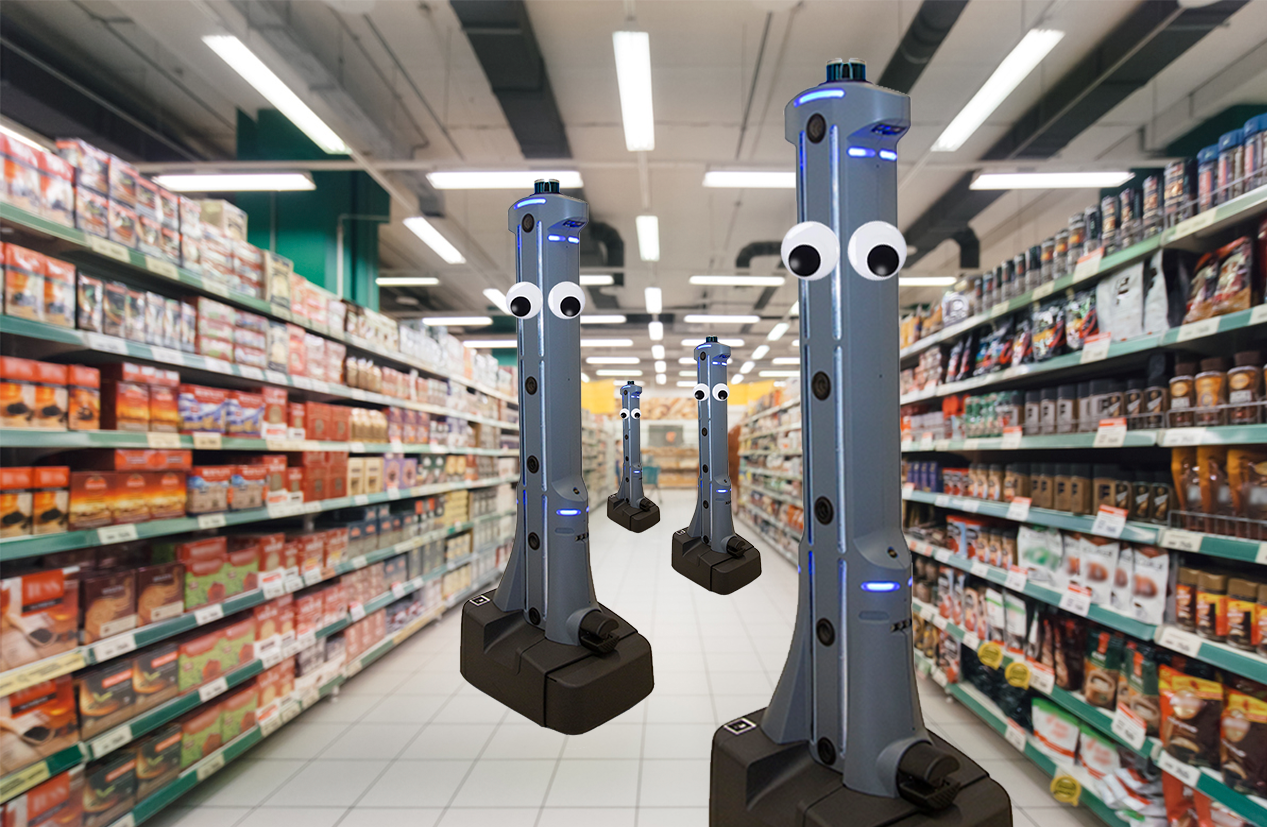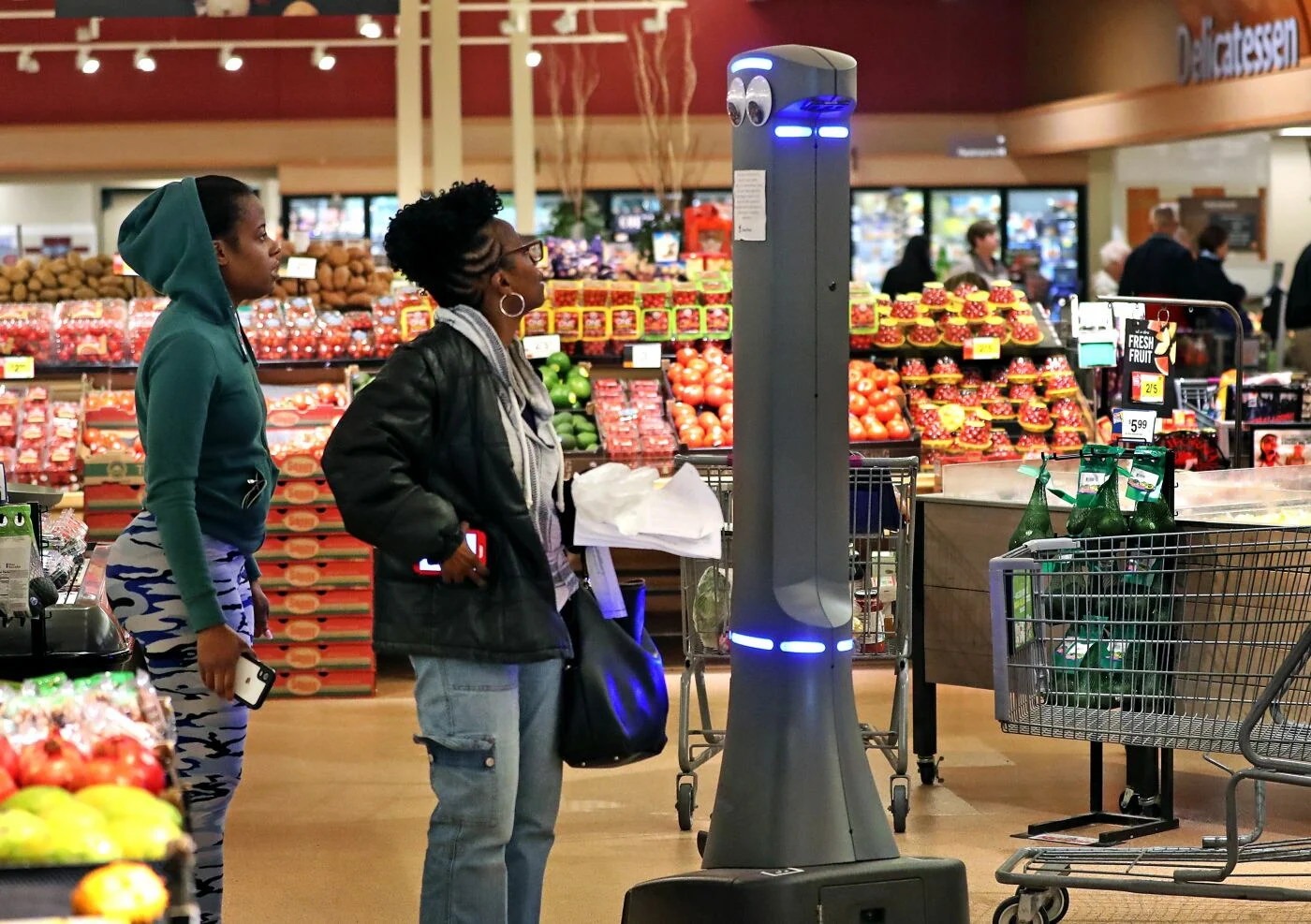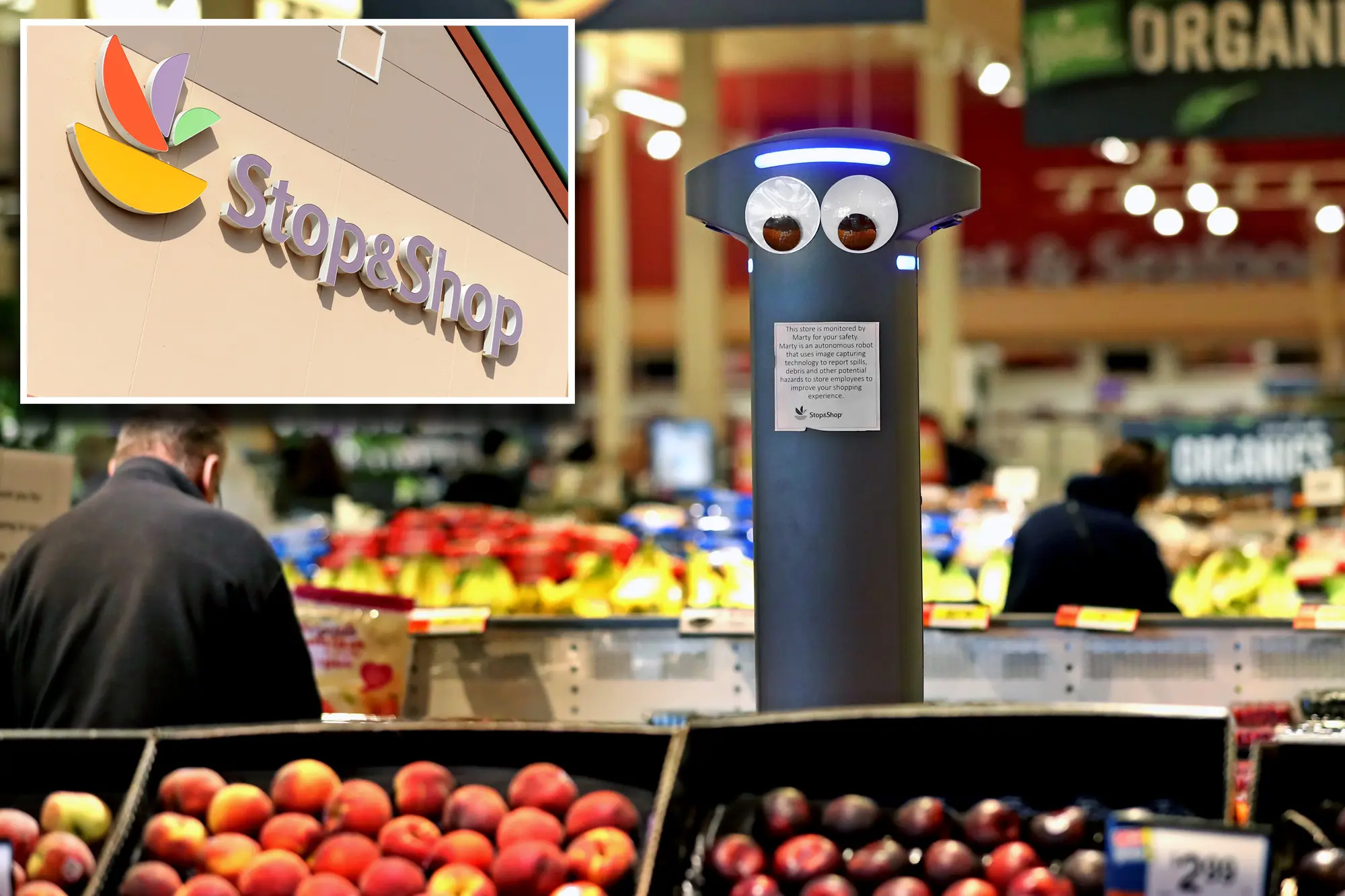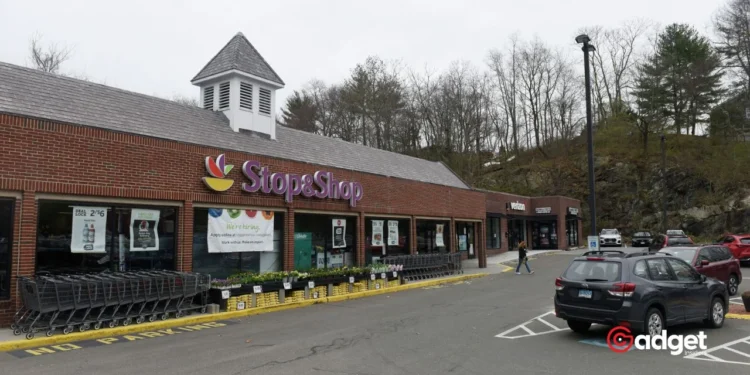As Connecticut’s retail landscape evolves, the grocery giant Stop & Shop finds itself at a crossroads. With several stores marked for closure and a strategy shift on the horizon, the company’s attempts to maintain its market dominance are being closely watched.

The Dynamics of Retail Evolution
Stop & Shop, a household name in Connecticut, faces a pivotal moment. The Ahold Delhaize subsidiary, which boasts a history dating back to 1946, is currently grappling with a dual narrative of expansion and contraction within its vast network.
While sister chains like Hannaford experience growth and expansion into new areas, Stop & Shop confronts the harsh reality of needing to shutter some underperforming stores in Connecticut. This strategic pivot raises important questions about the future direction of the company and the underlying factors influencing these decisions.
“The remodeled stores are outperforming the non-remodeled stores,” CEO JJ Fleeman explained to investment analysts, highlighting the effectiveness of these renovations.

Navigating a Competitive Market
The competition in Connecticut’s grocery sector is fierce, with players like Big Y World Class Market aggressively expanding their footprint. Meanwhile, Stop & Shop has opted to streamline its operations by focusing on core markets where it can leverage its strengths. This includes investing in store improvements and revamping their pricing strategies to enhance customer satisfaction and store performance.
In contrast to the proactive measures taken by its competitors, Stop & Shop has been more conservative, choosing instead to remodel existing locations rather than expand aggressively. This conservative approach may have shielded the company from overextending itself, but it also raises questions about missed opportunities for growth.

A Glimpse into the Future
Amidst these operational adjustments, the future of Stop & Shop remains uncertain. The company’s decision to focus on improving existing stores rather than expanding might be prudent, but it also reflects the challenging dynamics of the retail grocery market. The introduction of new players like Wegmans, which plans to open its first store in Norwalk, adds another layer of complexity to the competitive landscape.
However, not all is grim. Stop & Shop continues to innovate and adapt. Recent investments in store remodeling and upgrades to distribution systems underscore a commitment to maintaining a robust presence in Connecticut. The shift from external distributors to in-house operations has already begun to show improved financial outcomes.

Stop & Shop’s Adaptive Strategy
As Stop & Shop navigates these changes, the company’s strategy seems focused on optimizing its current assets while being cautious about new expansions. This may well be the most sensible approach in a market where consumer preferences are rapidly evolving and competition is intensifying. The path forward for Stop & Shop will likely involve a delicate balance of innovation, customer engagement, and strategic closure of underperforming stores.
“Stop & Shop is a household name in our state, and they have real equity in the relationships they’ve built over decades with their customers,” Wayne Pesce, president of the Connecticut Food Association, notes. This foundation might just help the company weather the storm of retail transformation.










